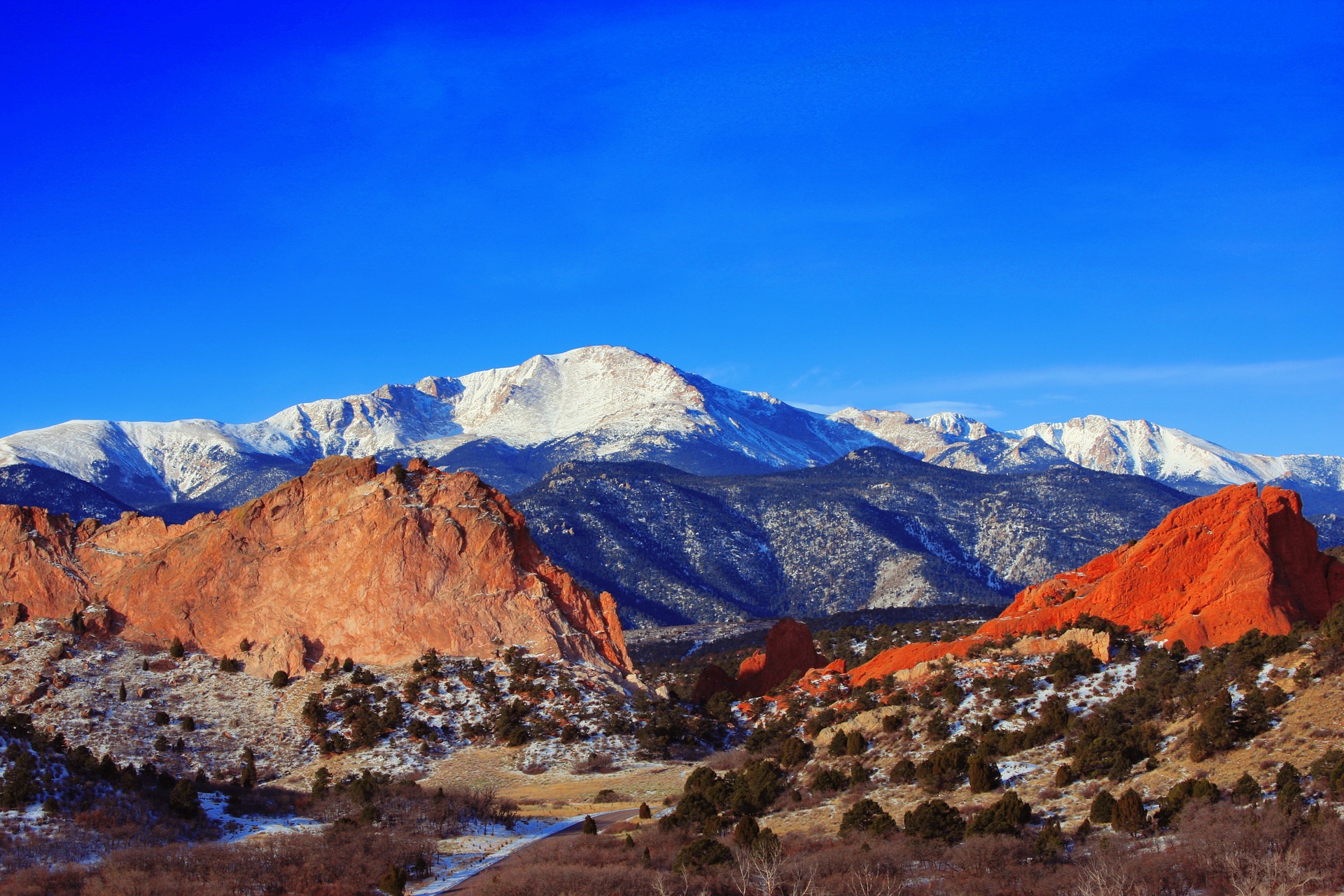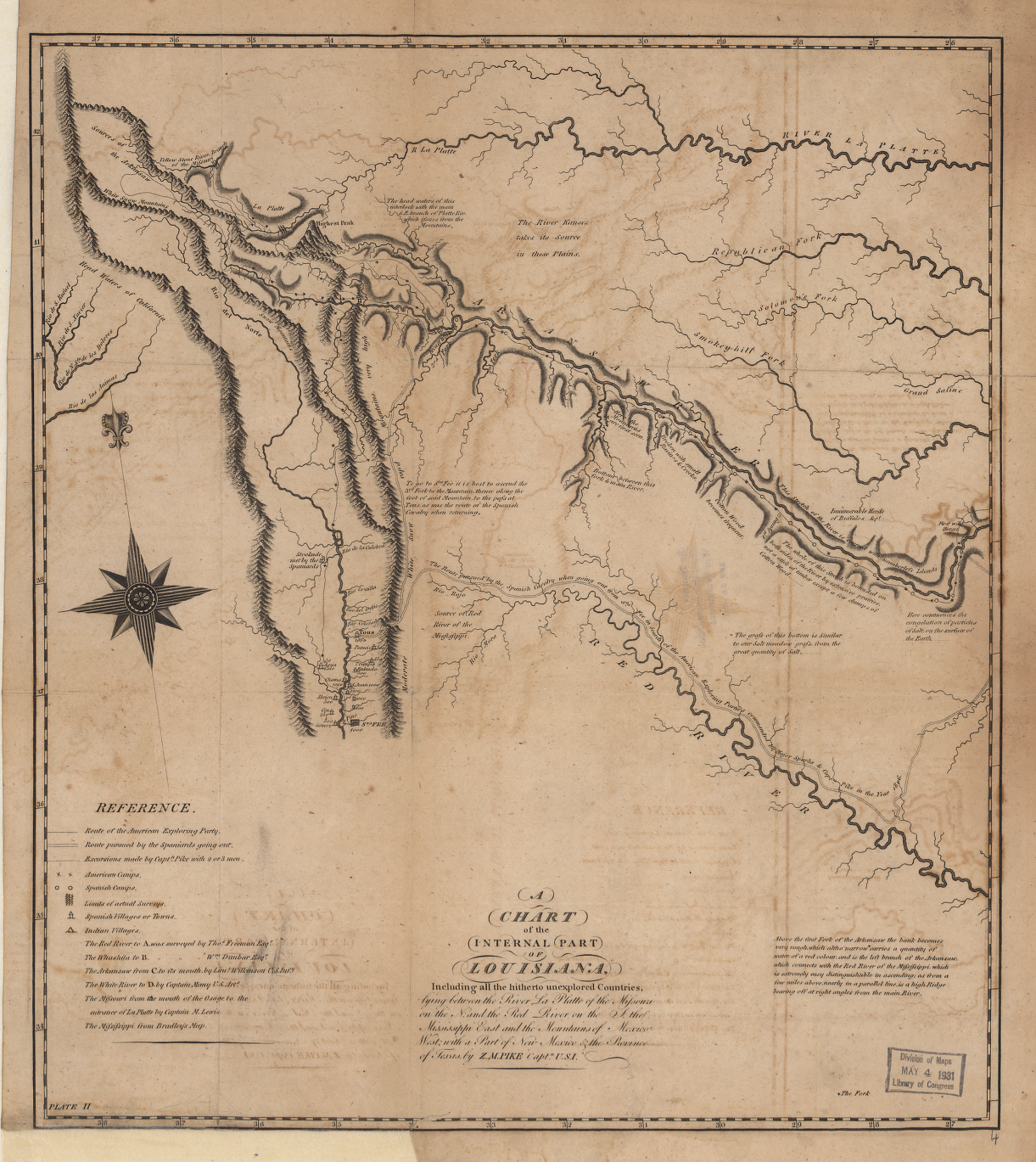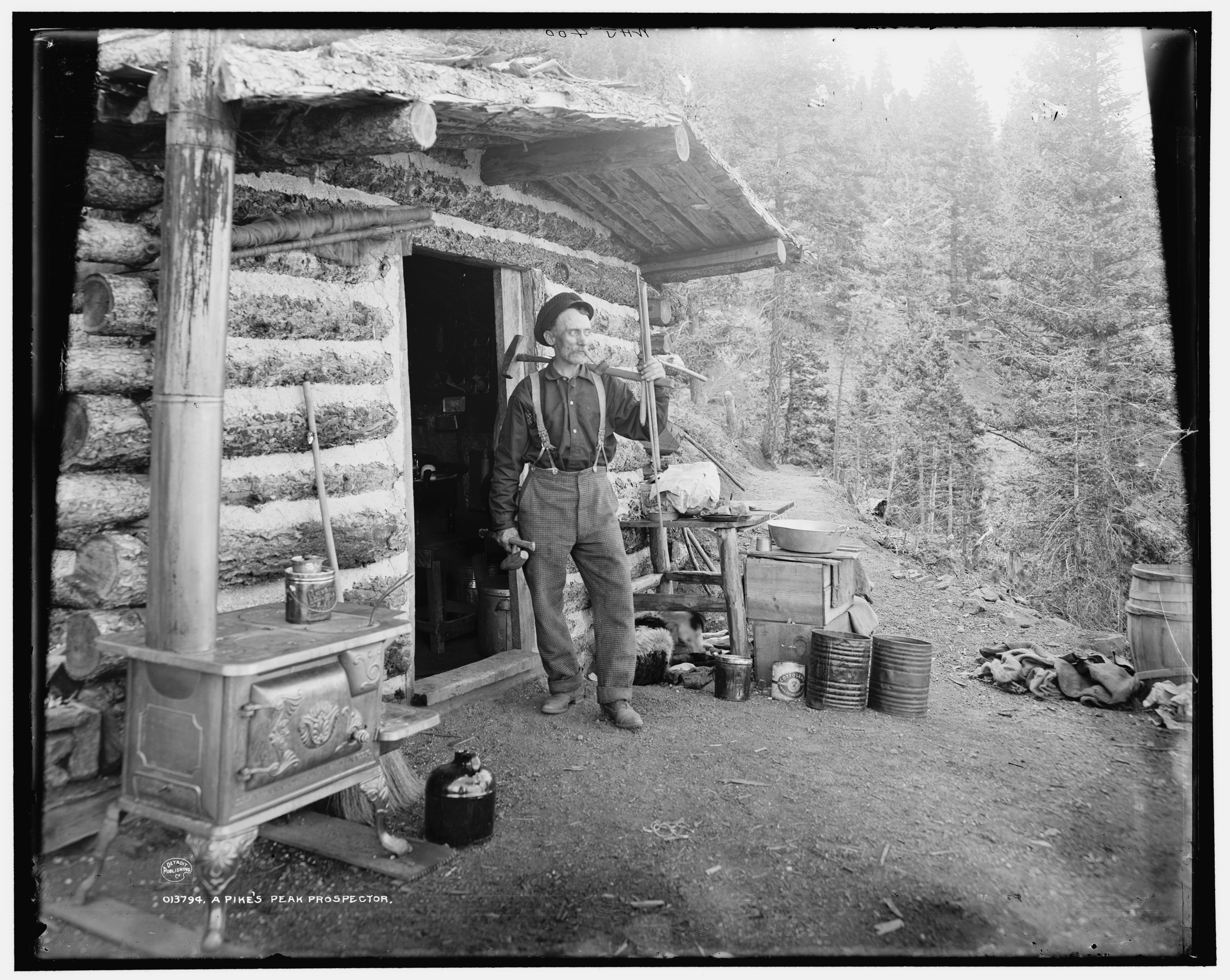Story
The Mountain of the Sun: The Many Names of Pikes Peak
As anyone who’s visited Colorado Springs can tell you, Pikes Peak is an amazing sight to behold. The 14,115-foot summit rises over the plains with a sort of ancient majesty. It predates humanity by millions of years, and was here long before anyone first settled the region. For centuries and even millennia, it’s been recognized by people of all cultures as one of the most striking landmarks in Colorado. Everyone has had their own name for it, each trying to capture the beauty and splendor of the peak.
The original inhabitants of the area were the Colorado Mountain Ute people, who’ve inhabited the Front Range region since time immemorial. They saw that, due to its height, the peak was the first to be illuminated by the dawn; for that reason they named it Tava, meaning “Sun Mountain.”
The peak bore that name for hundreds of years, and it even lent the name to the Ute themselves. The local band identified themselves as the Tabeguache, meaning the “People of Sun Mountain.” Other indigenous groups had their own names for it as well. When they arrived in the early 1800s, the Arapaho people named the mountain Heey-otoyoo, meaning “the Long Mountain.”
In the 1700s Spanish explorers traveled north from the Viceroyalty of New Spain in order to explore the northernmost border of their empire’s New World territory. They were the first Europeans to see the mountain. Early on they borrowed a name for it from the indigenous population and called it Montaña del Sol, the Mountain of the Sun. In time, they gave it their own name: El Capitán, meaning “the Captain” or “the Leader,” emphasizing its nature as the most prominent peak of all the Front Range.
In 1806, US explorer Zebulon Pike traveled to Colorado as part of his expedition into the newly purchased Louisiana Territory. He set sights on the peak soon after entering the Colorado area, and quickly tried (and failed) to climb it. In his journal entries, he called the mountain both “the Grand Peak” and simply “Highest Peak.”
The latter name became popular with Anglo-American explorers, trappers, and settlers. Many of them began to refer to it as “Pike’s Highest Peak.” Some chose instead to call it by the less popular name “James Peak” in honor of Edwin James, a botanist who was the first person known to reach its summit, while others maintained the Spanish name El Capitán.
The mountain was first called “Pike’s Peak” by newspapers during Colorado’s gold rush of 1859. They likely did this to save on space—shortening names was a common thing in newspapers at the time!
The name grew popular among the “fifty-niners” making their way west, and the phrase “Pike’s Peak or Bust!” became a popular slogan of the era. To the fifty-niners, the mountain represented hope and survival, and thanks to its great height it was the first thing many of them saw when they finally entered the Colorado Territory, signifying the end of a long and dangerous journey.
“Pike’s Peak” was the name that stuck, and it was finally adopted as the official name (minus the apostrophe, according to the custom of the Board on Geographic Names) by the federal government in 1890. The mountain has been Pikes Peak ever since.
Pikes Peak has had so many names, granted by so many different people and cultures, that it serves as a reminder of the long and diverse history of the Centennial State. Each name the mountain has had reflects its importance to the various peoples who inhabited the area. Ute and Arapaho, Spanish and English; so many groups have called Colorado home, over the course of so many centuries, and all have wondered at the majesty of the Mountain of the Sun.



